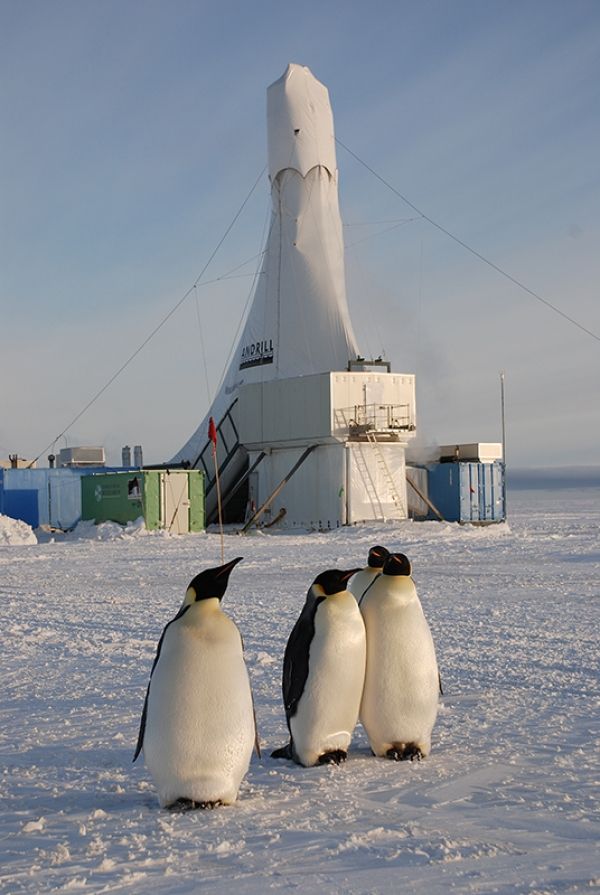The largest ice sheet on Earth was stable throughout the last warm period in geologic time, indicating it should hold up as temperatures continue to rise.
The East Antarctic Ice Sheet is the world’s largest potential contributor to sea level rise (175 feet, if the whole thing melted). Unlike the Greenland and West Antarctic ice sheets, though, it’s been resistant to melt as conditions warm.
New research published in Nature shows that land-based sectors of the East Antarctic Ice Sheet were mostly stable throughout the Pliocene (5.3 to 2.6 million years ago), when carbon dioxide concentrations in the atmosphere were close to what they are today – around 400 parts per million.
“Based on this evidence from the Pliocene, today’s current carbon dioxide levels are not enough to destabilize the land-based ice on the Antarctic continent,” said Jeremy Shakun, lead author of the paper and assistant professor of earth and environmental science at Boston College. “This does not mean that at current atmospheric carbon dioxide levels, Antarctica won’t contribute to sea level rise. Marine-based ice very well could and in fact is already starting to contribute, and that alone holds an estimated 20 meters of sea level rise. We’re saying that the terrestrial segment is more resilient at current carbon dioxide levels.”
Continue reading at Purdue University.
Image via Purdue University.


